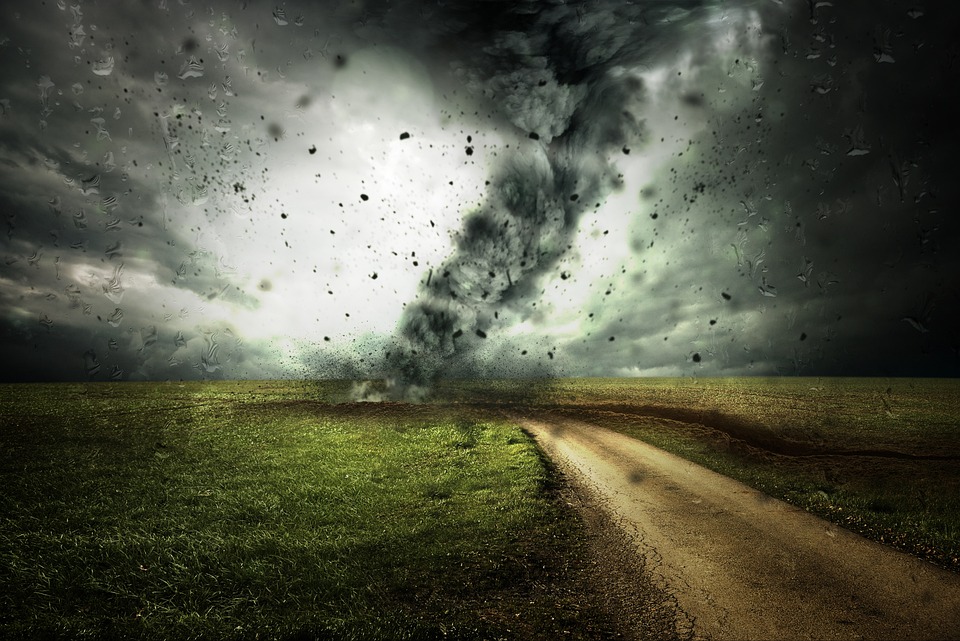Climate change is an issue that is impacting our world in various ways, one of which is the increase in fire zones in California. The state has seen a rise in the number and intensity of wildfires in recent years, and experts attribute much of this escalation to climate change.
California’s fire zones are areas that are prone to wildfires, and these zones have been expanding due to a combination of factors. One of the main contributors to the increase in fire zones is the rising temperatures and changing weather patterns caused by climate change. Warmer temperatures and drier conditions create the ideal environment for wildfires to spread quickly and become more difficult to contain.
In addition to the warming climate, other factors such as deforestation, land development, and human activity have also played a role in the expansion of California’s fire zones. As more people move into fire-prone areas and build homes and infrastructure, the risk of wildfires increases. Furthermore, the suppression of natural wildfires over the years has led to an accumulation of fuel in the form of dry vegetation, making it easier for fires to ignite and spread.
The statistics speak for themselves – the number of wildfires in California has been on the rise, with record-breaking fires becoming more common. The 2020 wildfire season was one of the most destructive on record, with over 4 million acres burned and thousands of homes destroyed. The state also experienced unprecedented levels of smoke and air pollution, impacting the health of millions of residents.
As California continues to grapple with the impacts of climate change, it is crucial that steps are taken to mitigate the risk of wildfires and protect communities. This includes implementing better land management practices, investing in wildfire prevention and response efforts, and addressing the root causes of climate change. By taking proactive measures to address the underlying factors driving the increase in fire zones, California can begin to build a more resilient future for its residents.
In conclusion, the increase in California’s fire zones is a direct result of climate change and its various impacts. By understanding the factors contributing to the expansion of fire-prone areas and taking action to address them, we can work towards creating a safer and more sustainable environment for all. It is imperative that we prioritize the health and safety of our communities and take steps to combat the effects of climate change before it is too late. Together, we can work towards a more resilient future for California and beyond.





